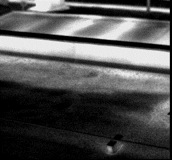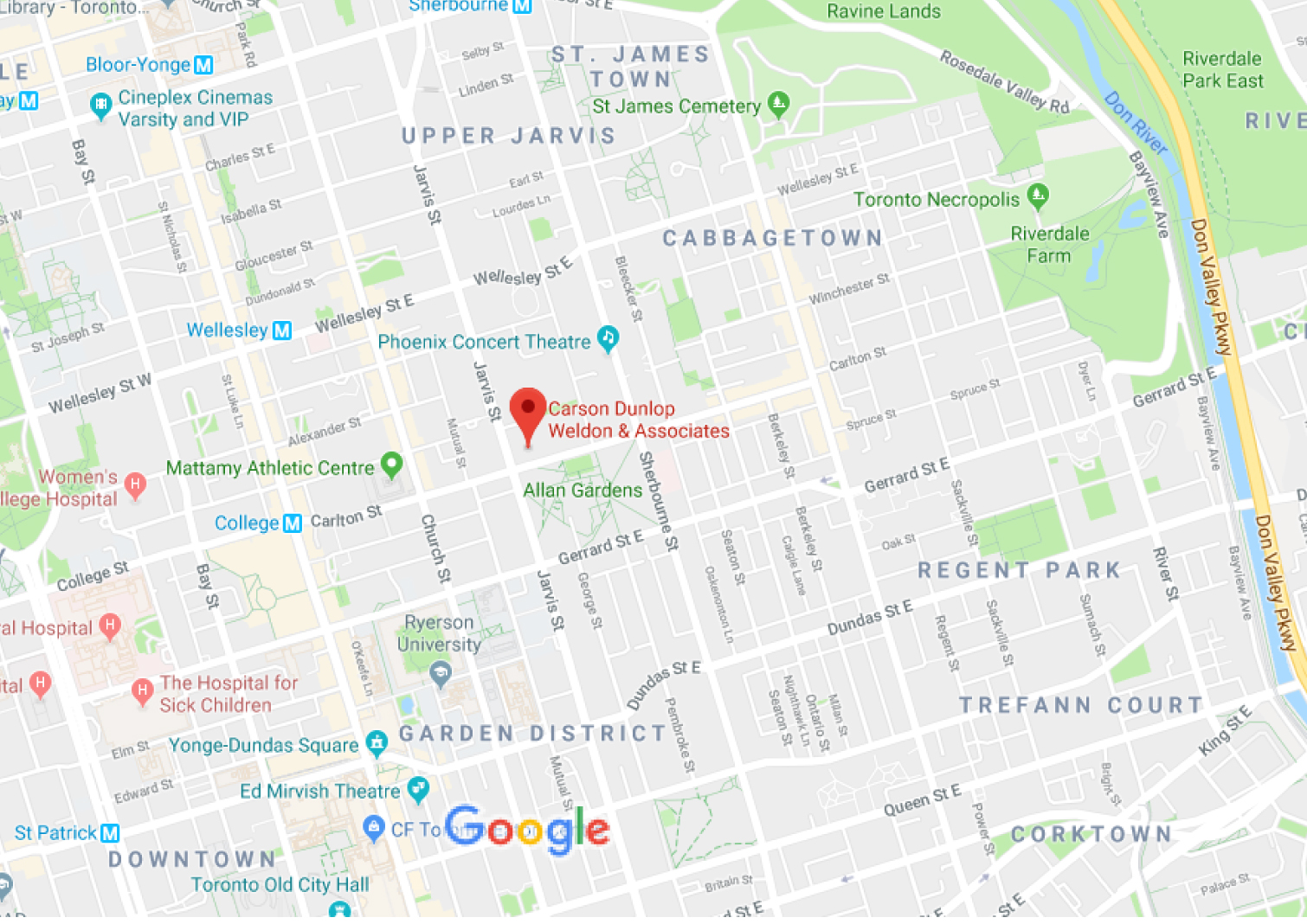Roof Thermography
- Feb 04, 2013
- By Tracy Gaudet
- In Resource Center
For low-rise buildings, such as industrial buildings or retail buildings, the roofing system is the most expensive component that is expected to need replacement over the life of the building. Unwanted moisture intrusion is a major factor affecting the durability and performance of roof systems. When roof systems fail and leaks develop, not only do occupants experience discomfort, but energy consumption increases, and worse, the structural integrity of the building can be jeopardized. Common causes of roof failures include poor installation, poor design, material failure and lack of maintenance. Due to rising costs of roofing materials, this type of failure can have a significant impact on the building owner’s bottom line.
Often, the only time a building owner/occupant becomes aware of a roof problem is when a leak is noticed on the interior. Unfortunately, a small leak noted on the interior may mean that water has already saturated the roofing membrane and insulation. Before water from a leak drips onto the ceiling, it is difficult to determine that the roof has water in it from a visual inspection. More so, even when a leak is identified, locating its exact source is often difficult, because water can travel along the roof deck before dripping onto the ceiling.
Performing infrared scans on roofs or roof thermography can help locate areas of wet insulation within the roof system, isolating potential areas of leakage, even before it can be detected from the interior. This procedure, performed during the evening, identifies relatively warmer moisture laden insulation within a cool roof. During the day, the sun heats up the roof surface and the insulation below the roof membrane. In the evening, the roof starts to cool. Damp areas within or below the roof membrane retain the heat longer than dry areas and show up as warmer areas just after sunset.
Suspect wet areas within the roof assembly are marked on the roof during the scan. A follow up visit to the roof to perform cut tests to determine the roof composition and verification of suspect wet areas is required.
This practice is addressed by the American Society for Testing & Materials (ASTM) in measurement standard C1153, Location of Wet Insulation in Roofing Systems Using Infrared Imaging. Details on the exact requirements to meet this standard can be obtained from the ASTM Web site.

Figure 2. View of roof after scan, ready to be tested. A core sample will be extracted and put back in place. The buckets contain material to make a temporary repair after the destructive testing.
While there are certain limitations to performing such an investigation, the results can provide building owners pertinent information regarding the condition of the flat roof system. The results can help determine whether the roof membrane requires immediate replacement, or alternatively what areas of the roof membrane should be repaired. This method is also helpful for identifying the source of known areas of leakage. Using infrared scans to exactly identify wet areas in need of replacement can save the building owner thousands of dollars.
The camera operator needs to know how to use the equipment properly and correctly interpret the images that are recorded. Also, there are exceptions to types of roofing systems that can be properly scanned. For example, scanning inverted roof membrane assemblies (where the membrane is below the thermal insulation) is futile.


